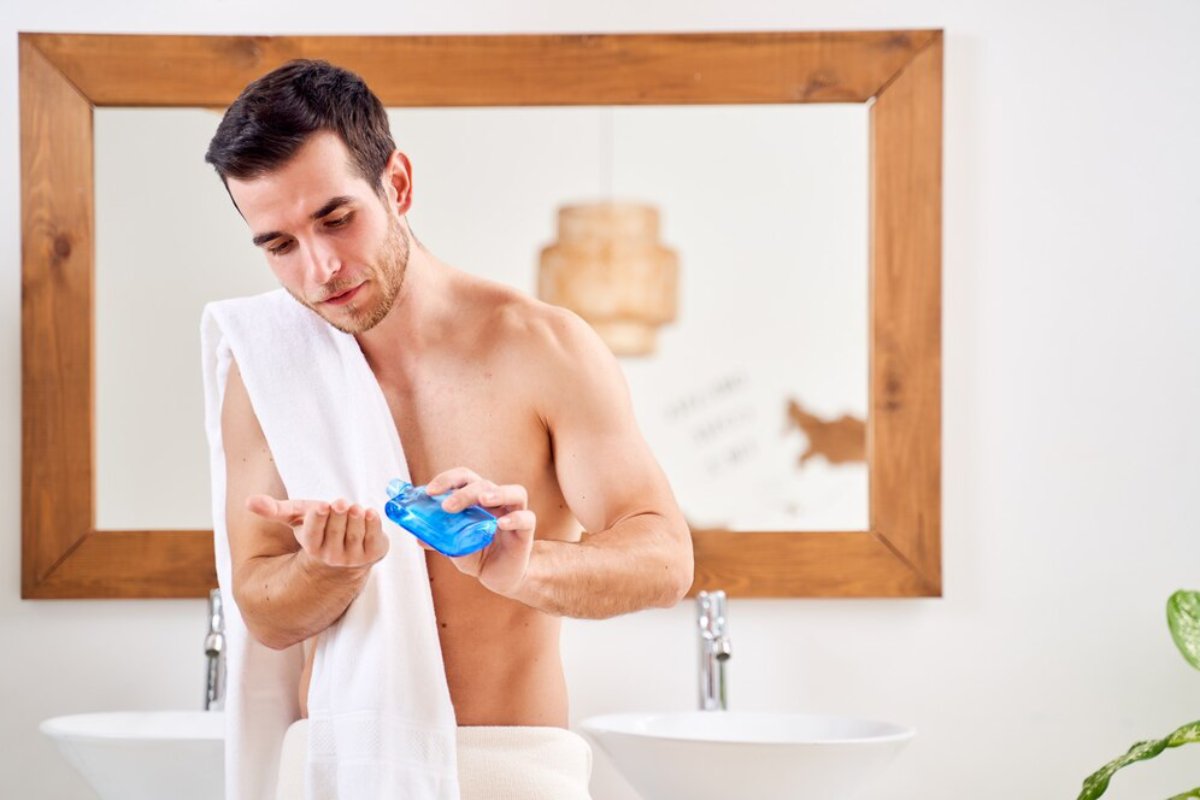
Can You Use Women’s Skincare Products?
You’re standing in the skincare aisle, eyeing a cream with sleek pink packaging. The ingredients look solid, the reviews are great… but something stops you. “Is this made for women?” you wonder. “Shouldn’t I be using something designed for men?”
Here’s the deal — your skin doesn’t know your gender. It knows if it’s dry, oily, acne-prone, sensitive, or ageing. Yet the skincare industry has long divided products by gender, leading to confusion, wasted money, and sometimes a lot of missed opportunities.
In this guide, we’re going to unpack the men’s vs women’s skincare debate, explore whether you can use unisex products, and show you how to make decisions based on product suitability, not just marketing. Whether you’re brand new to skincare or questioning what’s in your cabinet, this post will arm you with the facts, bust some myths, and help you build a smarter routine that actually suits your skin.

The Skincare Aisle: Built on Gendered Marketing
Why Products Are Split By Gender in the First Place
Historically, skincare companies have used gender as a shortcut for targeting consumer preferences. This means:
- Men’s products are often dark-coloured, mint-scented, and labelled “sport” or “active.”
- Women’s products tend to feature floral scents, light pastels, and beauty-oriented language like “glow” or “radiance.”
But these differences are mostly aesthetic and sensory, not about how the products actually work on skin.
Do Men and Women Actually Have Different Skin?
Yes — but not as much as you think.
There are some biological differences between male and female skin:
- Thickness: Men’s skin is around 25% thicker.
- Sebum: Men usually produce more oil due to higher testosterone levels.
- Facial hair: Shaving can cause irritation, ingrown hairs, and sensitivity.
- Ageing: Men tend to wrinkle later but more deeply.
That said, these differences don’t mean men need entirely separate products. It just means you should consider your skin’s condition — not your gender — when picking a product.
Men’s vs Women’s Skincare Products: What’s Really Different?
Let’s break down what often actually varies:
| Category | Men’s Products | Women’s Products | Reality Check |
|---|---|---|---|
| Fragrance | Musky, minty, “sporty” | Floral, fruity, clean | Just scent. Doesn’t affect performance. |
| Texture | Lighter, more gel-like | Creamier, richer | Based on assumptions about oiliness. |
| Packaging | Bold colours, simple fonts | Pastels, elegant designs | Marketing, not science. |
| Targeted claims | “Revitalising” or “cooling” | “Brightening” or “plumping” | Often the same ingredients underneath. |
Unless your skin is extremely reactive to certain fragrances or ingredients, you can safely use women’s skincare products — and vice versa.
Common Myths About Using Women’s Skincare
Myth 1: Women’s Products Are Too Rich for Men’s Skin
Truth: Some products designed for dry skin are rich — but that’s not about gender. If your skin is dry or flaky, a richer moisturiser might be exactly what you need, regardless of the label.
Myth 2: They’re Not “Manly” Enough
Truth: Let’s be blunt — your skin doesn’t care about branding. It cares about ingredients that work. Taking care of your skin isn’t feminine. It’s smart.
Myth 3: Women’s Products Will Mess With My Skin
Truth: Unless you have a known allergy or sensitivity to fragrance or specific ingredients, using a product made for women won’t “confuse” or harm your skin. Focus on your skin type, not the label.
When You Should Be Picky
While most skincare can be used by any gender, there are times when choosing with purpose matters:
- Shaving-related needs: Men who shave regularly might need products with anti-inflammatory ingredients like aloe, witch hazel, or allantoin.
- Beard care: Facial hair requires oils or balms that soften and hydrate both skin and hair.
- Fragrance sensitivities: If you’re prone to irritation, go for fragrance-free or hypoallergenic products, regardless of the gender label.
What Really Matters: Your Skin Type
Forget gender. These are the categories that should guide your product choices:

1. Oily Skin
Look for:
- Gel cleansers
- Oil-free moisturisers
- Products with niacinamide or salicylic acid
2. Dry Skin
Look for:
- Creamy cleansers
- Rich moisturisers with hyaluronic acid or ceramides
- Night creams with shea butter or glycerin
3. Sensitive Skin
Look for:
- Fragrance-free formulas
- Soothing ingredients like oat extract or chamomile
- Alcohol-free toners
4. Combination Skin
Look for:
- Balanced, lightweight moisturisers
- Exfoliants like lactic acid
- Zone-specific care (e.g. mattifying for T-zone, hydrating elsewhere)
Great “Unisex” Products That Work for Everyone
The best skincare doesn’t need gendered packaging. Here are a few proven options:
- CeraVe Hydrating Cleanser – Gentle, no-nonsense face wash
- The Ordinary Niacinamide 10% + Zinc 1% – Oil control and pore refining
- La Roche-Posay Cicaplast Baume B5 – Soothes irritation, ideal after shaving
- Neutrogena Hydro Boost Gel-Cream – Lightweight but super hydrating
- Paula’s Choice BHA Liquid Exfoliant – Iconic for all skin types
Real Talk: Men Who Use Women’s Skincare Products
Sam, 29 – “My Girlfriend’s Moisturiser Saved My Skin”
“I ran out of mine and used her rich night cream. It worked better than the one I’d been using for months. Now I don’t even buy my own — we share.”
David, 41 – “I Stopped Caring About Labels”
“At first, I avoided anything that looked too ‘girly’. But after seeing how effective her vitamin C serum was, I gave in. My skin’s clearer, brighter, and I get compliments now. No shame.”
Build a Routine That Works (No Matter the Label)
Know Your Skin Type
Dry? Oily? Combo? Sensitive? This determines what you need — not your gender.
Start Simple
All you need to begin:
- Cleanser (AM & PM)
- Moisturiser (AM & PM)
- SPF (AM)
- Optional: Targeted treatment (retinol, niacinamide, etc.)
Don’t Fear the “Women’s” Section
Explore freely. Look at the ingredients. Read reviews. Ignore the pink packaging. Your skin deserves the best, not the most “masculine” label.
Choose Smart, Not Gendered
Here’s the truth: skin doesn’t come with a gender identity. It comes with needs — hydration, balance, protection, and care. The idea that men must only use “men’s products” is outdated marketing. The real question is: does the product suit your skin type and goals?
Whether it’s in a black bottle with “power” written on it or a pastel tube that smells like roses, what matters is what’s inside — and how it works for you.
So next time you reach for skincare, skip the label and scan the ingredients. Try what works, ignore what doesn’t, and don’t let outdated gender myths limit your routine.
Your skin will thank you — and so will your mirror.


